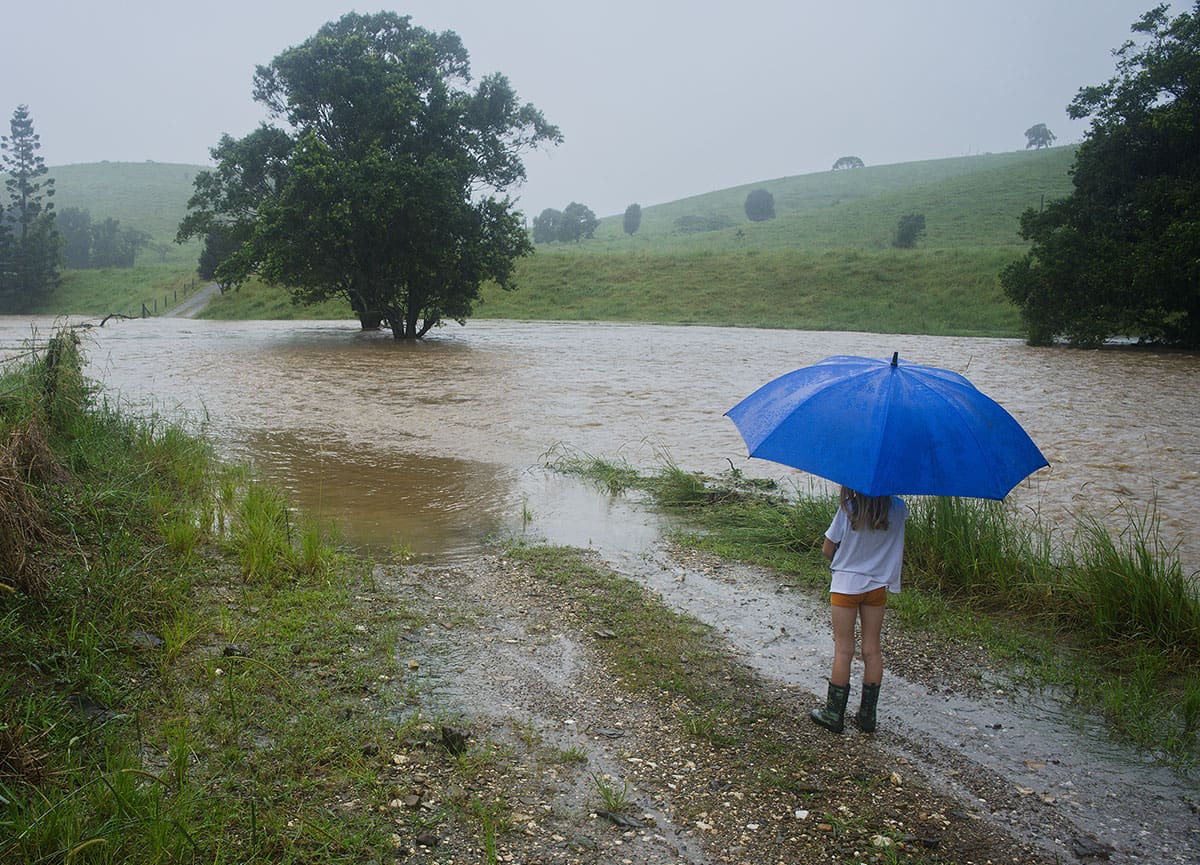Keep your business operational
Weather-related events (not just hurricanes) were declared in 90% of U.S. counties over the last ten years. With weather events big, small, and everywhere in between happening throughout the year, now is a good time for organizations to create, review, and test plans to make sure they’re truly prepared if an extreme weather event appears on the horizon.
Not only should a sound plan protect physical assets and property, but it should also address the human talent that’s necessary to continue operations after an extreme weather event.
Best practices to help ensure worker capacity/safety and aid with recovery sooner:
- Know your exposures: Understand which extreme weather events your area is prone to receiving. For example, certain areas are more likely to face hurricanes, while others may be more vulnerable to tornadoes, wildfires, snowstorms, earthquakes, or a combination of the above. The key is to know what extreme weather events your business may be exposed to and take necessary steps to be prepared and minimize their impact.
- Understand mission-critical people and processes: What if many people are affected in your area and can’t get to work? Determine the fewest number of people it will take to get essential work done, how long you can operate at that reduced level before it impacts revenue or causes losses, and where backup staffing will come from to keep the business running. A good plan will also provide parameters around when it may make sense to completely suspend operations until staff becomes available.
- Communicate evacuation plans: Make sure employees know what to do for different types of extreme weather events. Activate backup communications as soon as normal methods go down and continue to stay in touch via those channels. For example, send push messages to employees’ cell phones, both during and after the disaster, to determine how many may be affected.
- Establish disaster recovery plans with employees in mind: Once you know which extreme weather events could strike, developing a plan to protect your business is critical:
- Collect and update employee contact information. Make sure files are backed up and stored in a safe place for easy access after an event so you can ensure the safety of all employees.
- Think about what resources you can provide that can support impacted employees and facilitate return to work as quickly as possible to maintain productivity, such as:
- Rideshares for those left with storm-damaged cars or disrupted public transportation
- Modified shifts or the ability to swap shifts to accommodate employees facing added challenges and responsibilities after a disaster
- More flexible PTO policies for a set period of time following the event
- Mobile hotspots for employees without internet or electricity but who have cell service
- Cross-train essential workers: Ensure there’s back-up personnel to step into essential roles until “normal” staff can return to work. Consider remote work options for mission-critical workers who may be unharmed by the disaster, but physically unable to get to work because of transportation issues. Before disaster strikes, make sure they’re set up with whatever they need to work from home.
- Partner with vendors: When planning for difficult situations, it can help to partner with vendors that could handle specific services if you don’t have enough staff to do the work. Just make sure to have agreements and arrangements in place far in advance and review them periodically.
- Leverage peer networks: Exchange ideas and strategies with business leaders in similar industries about how they ready a workforce after an extreme weather event. Do they contract with a staffing firm that can supply temporary, trained talent? Do they mobilize their workers from another location that’s outside the affected area? Walking away with just one effective idea could help your business avoid a shutdown.
- Conduct table-top drills: Practice makes perfect. So don’t just review the plan every year. Simulate different scenarios with your disaster planning staff and senior leadership that puts your business continuity plan into action. After the drill(s), see what worked and what didn’t and make necessary adjustments.
- Seek guidance: Last but not least, seek guidance from insurance and risk management experts who have the knowledge and tools to help you plan for the unthinkable and mitigate disruption to your workforce. According to one of our loss control experts, “It’s always better to make decisions from a place of preparation, not panic.”
Let’s develop a plan that can help preserve the continuity of your workforce in the event of extreme weather.
For more information
We’re ready to help when you are. Get in touch and one of our experienced Baldwin advisors will reach out to have a conversation about your business or individual needs and goals, then make a plan to map your path to the possible.
This document is intended for general information purposes only and should not be construed as advice or opinions on any specific facts or circumstances. The content of this document is made available on an “as is” basis, without warranty of any kind. The Baldwin Insurance Group Holdings, LLC (“The Baldwin Group”), its affiliates, and subsidiaries do not guarantee that this information is, or can be relied on for, compliance with any law or regulation, assurance against preventable losses, or freedom from legal liability. This publication is not intended to be legal, underwriting, or any other type of professional advice. The Baldwin Group does not guarantee any particular outcome and makes no commitment to update any information herein or remove any items that are no longer accurate or complete. Furthermore, The Baldwin Group does not assume any liability to any person or organization for loss or damage caused by or resulting from any reliance placed on that content. Persons requiring advice should always consult an independent adviser.






